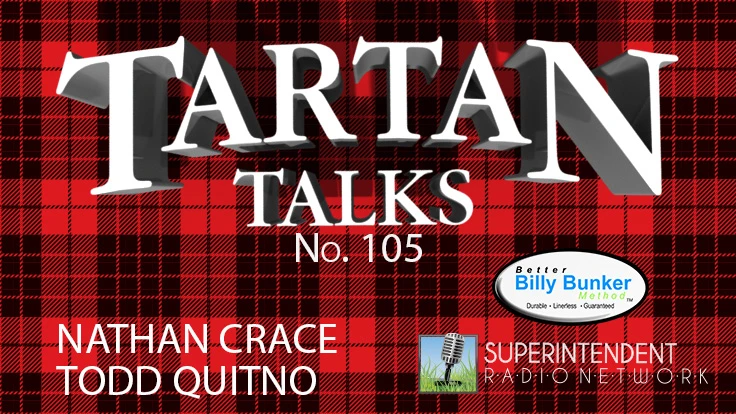This three-year project is a focused extension of the previous University of Nebraska USGA-funded project: Grow-in and Cultural Impacts in USGA Putting Greens and their Microbial Communities. Emphasis is being placed on characterization of the long-term effects of root-zone mix and grow-in procedures on soil physical parameters.
Results to date indicate after the first year, grow-in procedure does not influence subsequent years. Data also indicates that as a green matures, soil infiltration isn’t affected in the first two years of grow-in but decreases significantly in the third year. Water movement through the green profile continues to decrease significantly as the green ages. Lateral shear strength, as measured by the turfgrass shear tester, follows a seasonal trend where spring data consistently has the highest shear strength, followed by a significant decrease in the summer, and then a slight rebound in the fall. Shear strength also appears to decrease as the green matures.
Characterization of three root-zone mixes at Arbor Links Golf Course near Nebraska City is new to the project last year. Results to date indicate the California single-tier green is harder and infiltration rates were higher than the USGA two-tier profile greens with organic matter. However, rooting strength was stronger on the USGA profile greens than the California greens.

Explore the September 2004 Issue
Check out more from this issue and find your next story to read.
Latest from Golf Course Industry
- Schaffer’s Mill turns to Troon for management
- Talking Turf Weeds 13: Talking seasonal change with Heidi Burgess and Paul Marquardt
- Beyond the Page 65: New faces on the back page
- From the publisher’s pen: New? No way!
- Indiana course upgrades range with synthetic ‘bunkers’
- Monterey Peninsula CC Shore Course renovation almost finished
- KemperSports and Touchstone Golf announce partnership
- PBI-Gordon Company hires marketing manager Jared Hoyle






